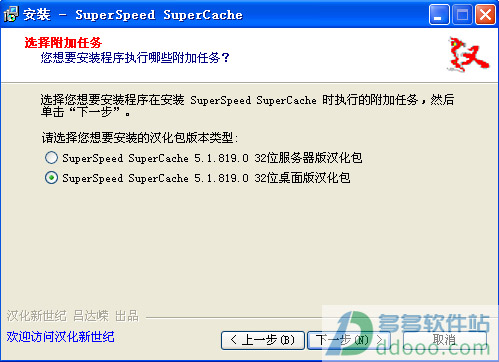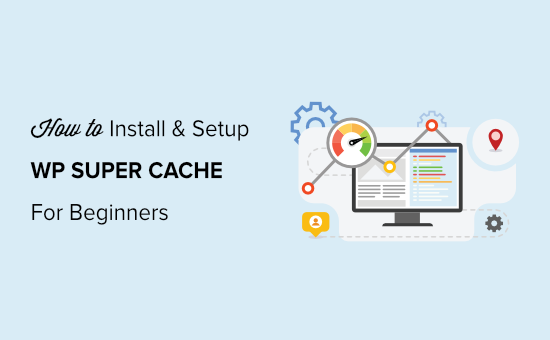

Since ScaleIO is software only it allows many different configurations to be combined into single cluster. Additional option is to add DRAM write cache with deferred write also in front of SSD based solutions to speed up write IO and reduce wear on SSD disks. Device Detail page in ScaleIO show that average write latency is about half what it is for other two tiered SSD based ScaleIO SDS nodes. From the screenshot below it is visible how PrimoCache flushes writes every 5 seconds to disk. With DRAM write cache in front of spinning disk random IO performance increases significantly as IO is captured in to DRAM and then flushed to disk as sequential IO.

The deferred write time is configurable from 1 second up to infinity. Deferred write is the key option here – it allows data to reside in the memory for 5 seconds before it is flushed to disk. In my test I used PrimoCache – 1GB of DRAM write only cache with 5 second deferred write. As ScaleIO writes data into two fault domains it is important to minimize chances of simultaneous failures in multiple fault domains. Things to consider – dual power supplies, battery backup, different blade enclosures, different racks and even different server rooms. Introducing a volatile DRAM as write IO destination should include some careful planning as it increases risk of loosing data. Adding even a small amount of DRAM write cache will turn random IO to more sequential IO and with this it will increase the performance of a spinning disk. In this case it is possible to use software that can use DRAM as read and/or write cache – Romex PrimoCache ( homepage) and SuperSpeed SuperCache ( homepage). But sometimes there is no SSDs available. I think I'm going to run the progs on a fresh install with a recorder and see exactly what files/settings they are modifying.In my previous post “ Automatic storage tiering with ScaleIO” I described how I used Windows Storage Spaces to add ScaleIO SSD write cache and automatic tiering. So whatever change they made or driver they broke, I don't know what it is. I combed through the registry and there are no entries of either program left over (that I can see). I really don't know which program "broke" my system. The next customized OS image I make I want it to be good for a few years. I was not enthusiastic about Windows 8, but maybe this is a sign I should give it a chance. I can live without a supercache as I should be using a raid card with memory cache, but a Ramdisk I will always need. I'm just pissed because I spent the whole day the other day customizing a fresh OS install with all my progs, settings, & data so I could make a new Image to use, to have it all be a waste. I can't even start a VM because it says I don't have the memory when I have many many GB free. My computer still thinks I'm using the virtual disks that were previously made and now none of my programs can use that memory.


 0 kommentar(er)
0 kommentar(er)
